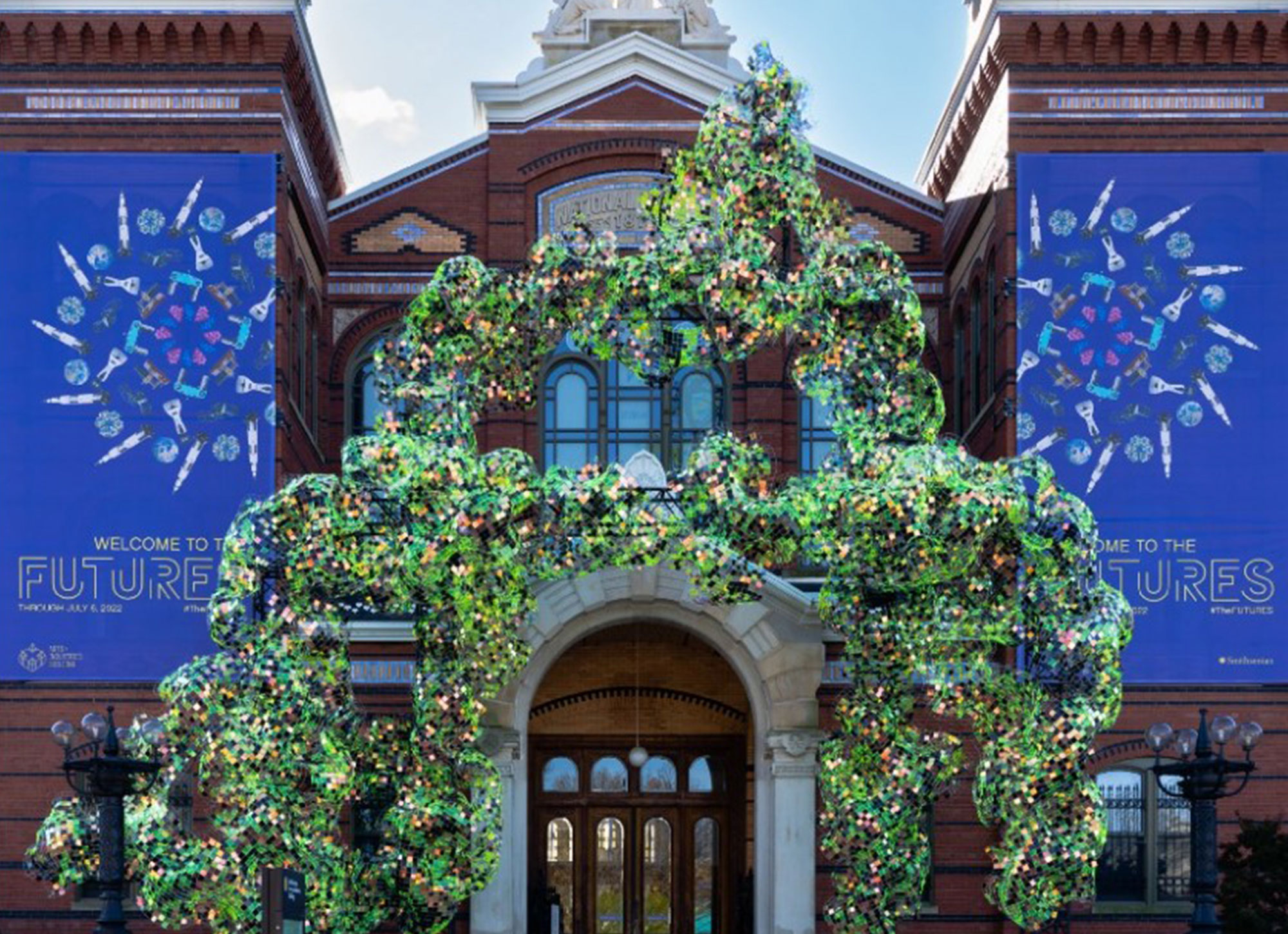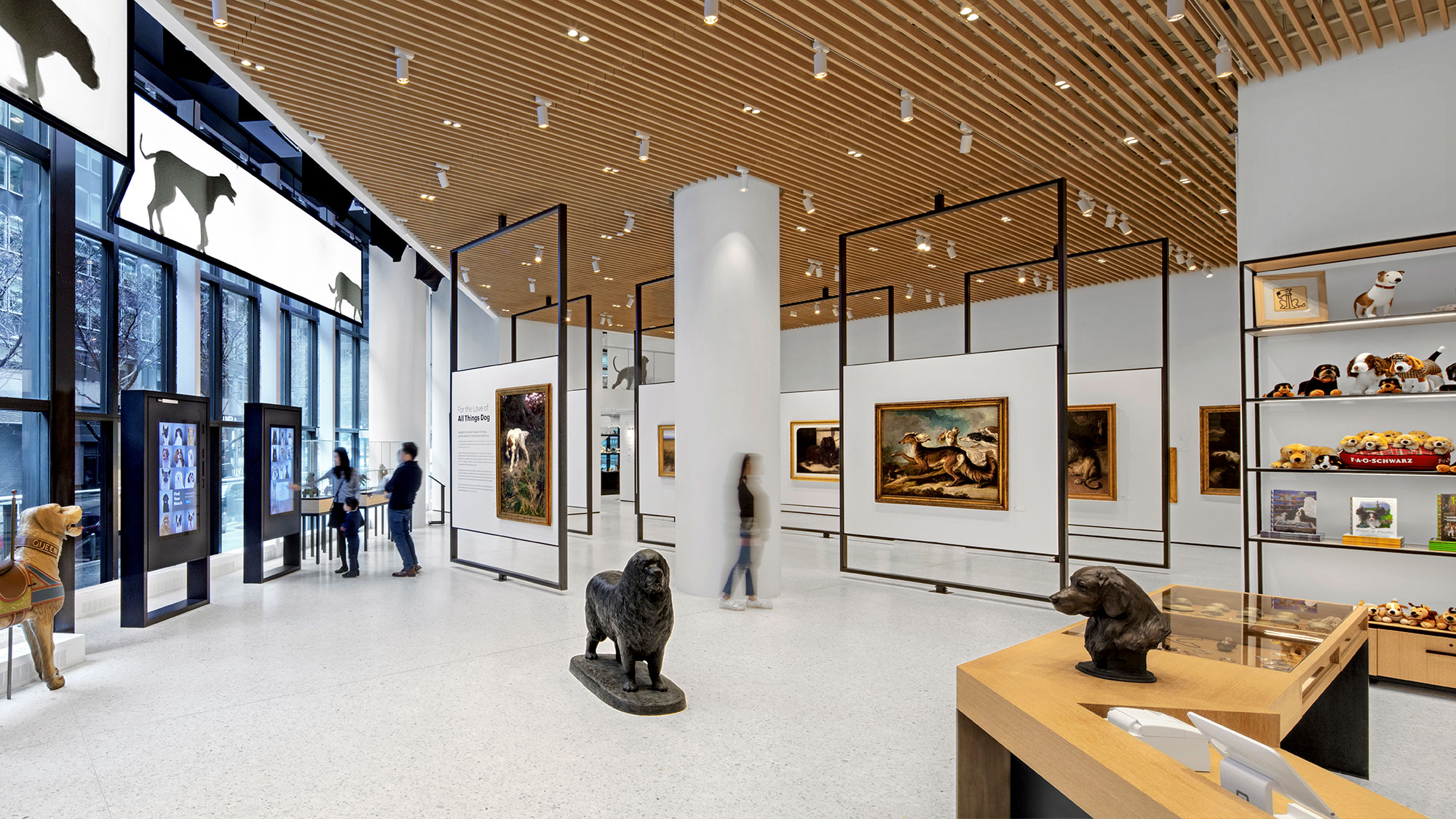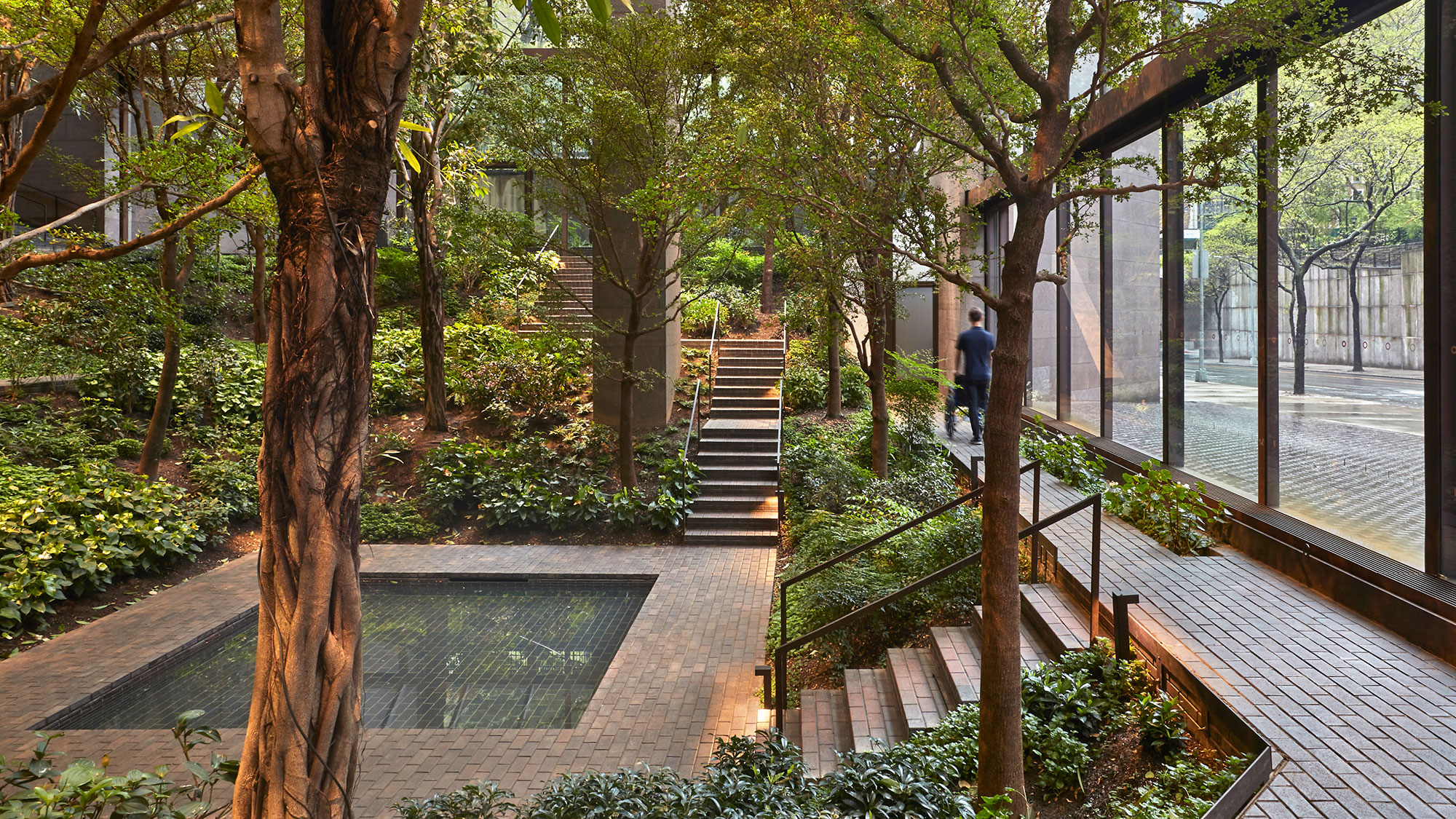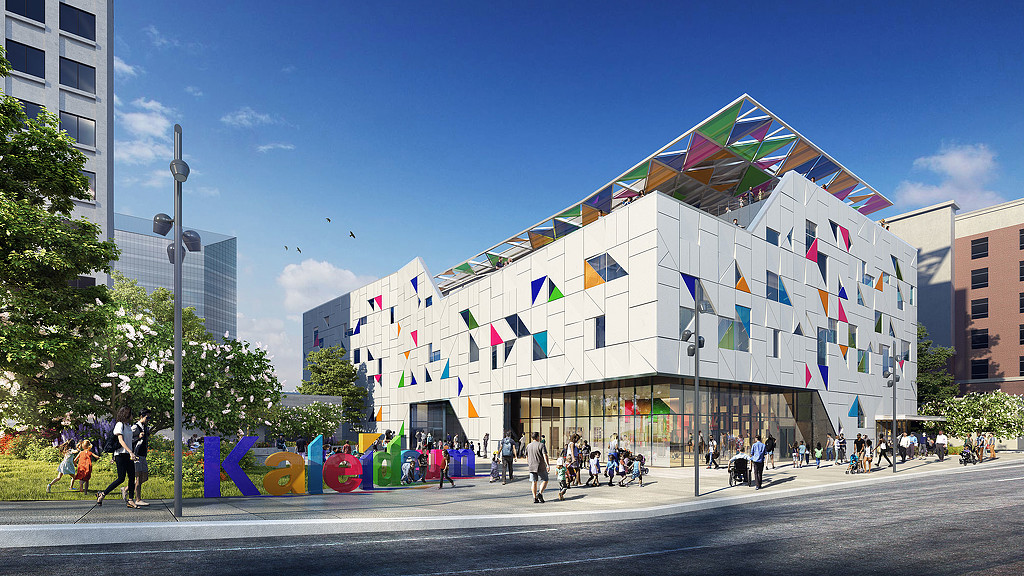The Future of the Museum Experience: Diverse, Inclusive, and Digital
February 09, 2022 | By Bevin Savage-Yamazaki
Editor's note: this podcast episode originally appeared on the Gensler Design Exchange podcast.

Our cultural institutions are the infrastructure of our communities. As society emerges from a time of uncertainty and isolation, cultural institutions are leading the way because they intuitively understand that their mission-driven work is part of something greater. Rather than taking a passive role as collectors and exhibitors, museums can and should become dynamic places of learning, engagement, and inspiration that showcase the rich items of our past, while expanding their collections for and making themselves more accessible to diverse audiences of the future.
In this episode of the Gensler Design Exchange, Bevin Savage-Yamazaki, who leads Gensler’s Foundations, Associations & Organizations global practice, as well our Culture & Museums practice in Gensler’s New York office, sits down with Rachel Goslins, director of Smithsonian’s historic Arts + Industries Building (AIB), America’s first national museum, to discuss what the future holds for the museum experience.
Bevin and Rachel’s shared passion for working with mission-based organizations and causes give them a unique perspective on the role of museums in our society. Bevin has led research on the future of museums with a focus on the visitor experience. In this episode, we explore how museums are adapting to changing visitor expectations in an increasingly digital world and get an exclusive look into the AIB’s groundbreaking museum experience, “FUTURES.”
As Smithsonian’s second-oldest building, AIB first opened in 1881 as an architectural icon in the heart of the National Mall. Housing Edison’s lightbulb, the first telephone, and Apollo rockets, AIB was dubbed “Palace of Wonders.” An incubator for new Smithsonian museums for over 120 years, AIB closed to the public in 2004. FUTURES is a milestone first step in Smithsonian’s long-term plan to renovate and permanently reopen this landmark building.

The part-exhibition, part-festival will celebrate the Smithsonian’s 175th anniversary with more than 150 objects, ideas, prototypes, and installations that fuse art, technology, design, and history. On view through July 6, 2022, “FUTURES” is the Smithsonian’s first major building-wide exploration of the future and will temporarily reopen the Smithsonian’s oldest museum for the first time in nearly two decades.
Smithsonian called on Gensler to collaborate with Korean-American artist Soo Sunny Park on the design of a structure to support an iridescent installation on the building’s historic exterior. One of six exclusive commissioned pieces for the exhibit, “Expanded Present” invites visitors to cross the threshold of the present to past to future through a massive and ethereal cloud of reflective dichroic glass — a material invented by NASA — that envelops the entrance to “FUTURES.”
Gensler and engineering partner Silman worked with Park and the AIB team to design a support solution for the sculptural piece that complements AIB’s unique architecture. Installing a 45-foot structure on the National Mall is no small feat, but with creative problem solving and ingenuity, the lead curator for FUTURES Ashley Molese worked closely with Gensler’s John Thomann and Park to create a custom solution that would ensure the piece’s stability on the museum’s exterior through all types of weather conditions for the nine-month exhibition.
Museums are rethinking their spaces to meet today’s challenges
Museums today face both overt and subtle challenges: shifting demographics, evolving visitor expectations, funding realignment, and ever-escalating technologies. However, institutions are meeting these challenges in myriad ways. Many museums are rethinking and reworking their spaces to promote a deeper understanding of their collections and missions; greater interactivity, inclusivity, and accessibility; and increased revenue stability.
In the future, the museum experience will become more interactive and self-directed. As museum leaders look to the future, they see a shift to a greater level of visitor control and new methods of audience engagement. Today’s emphasis on in-person, personal, museum-curated experiences will evolve to accommodate digital engagement (on- and off-site), self-directed entry experiences, and visitor curation.

Some museums, such as AIB, are rethinking digital engagement through ambient technologies that deepen the visitor experience and make it more inclusive. Innovative technologies should be woven through exhibits without compromising the authenticity and intimacy of the visitor experience. Ideally, this leads to a richer, more memorable visitor experience and encourages visitors to become museum advocates. But often, conflicting goals and strategies can make this a challenge to achieve, from how (and how much) to embrace new technology as a part of the visitor experience, to whom museums consider to be their core audience, and how best to engage them.

Today’s visitors expect museums to foster an environment of inclusivity and accessibility. In order to achieve this, institutions must be accessible for people with a range of disabilities, meet the needs of different generations, and welcome people of diverse backgrounds. Museum design will follow suit, becoming more public, welcoming, and flexible. Tomorrow’s museums will be more welcoming and embrace the public, the temporary, and the flexible in new ways. Providing a range of activities — without sacrificing the traditional, quieter museum experience many visitors expect — will be key to memorable museum experiences in the future.
Tune in to hear how cultural institutions like Smithsonian are adapting to create great experiences that welcome visitors of all ages, backgrounds, and abilities through their doors.
For media inquiries, email .
